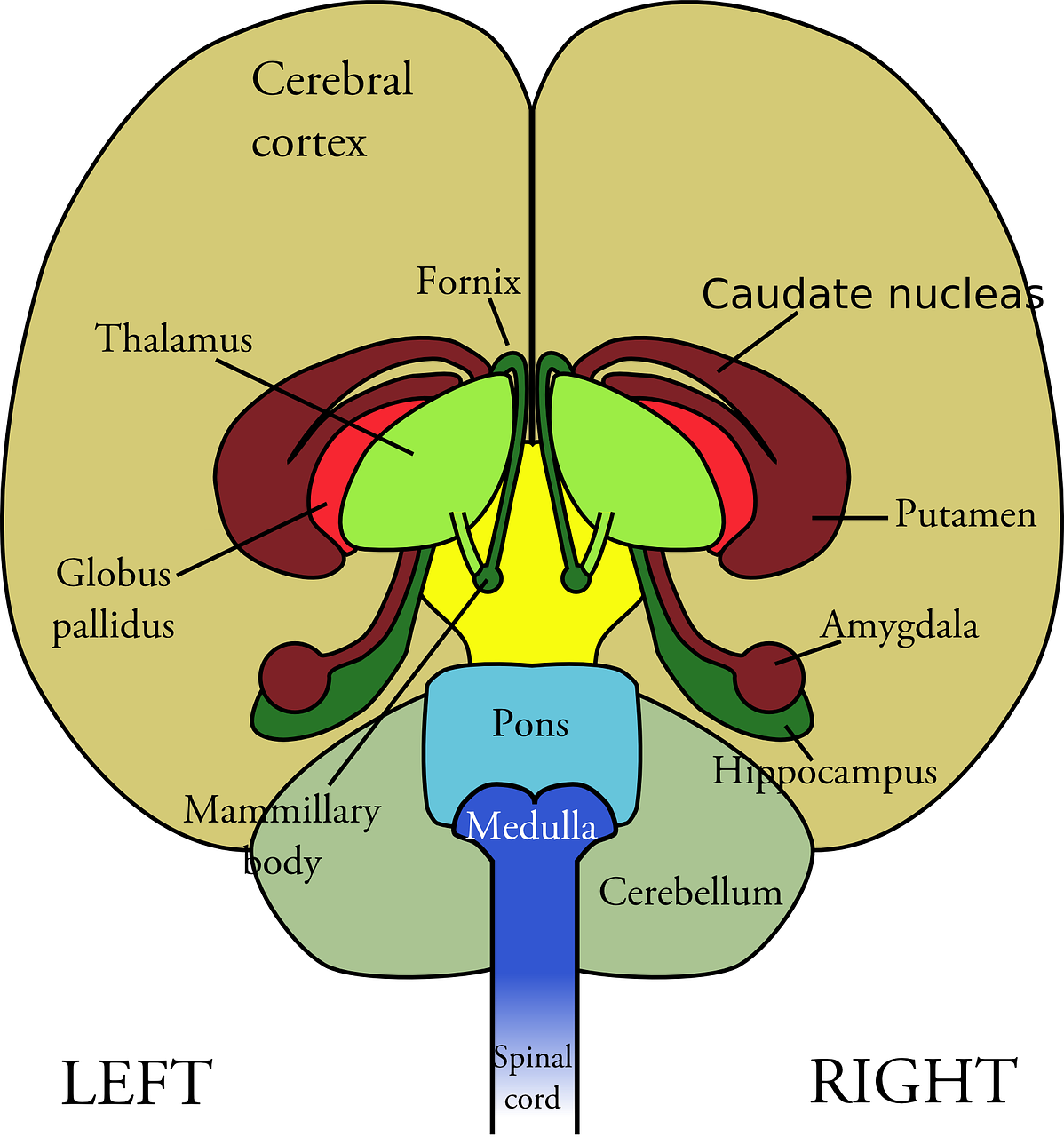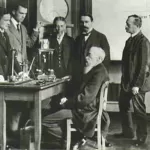The human sensory system is a marvel of biological engineering, allowing us to perceive and interact with the world around us. It is through our sensory organs that we experience the richness of life, from the taste of a delicious meal to the warmth of sunlight on our skin. In this blog, we will delve into the intricate world of sensory systems, exploring both general and specific sensations, the receptors responsible for these perceptions, and the complex processes that enable us to make sense of our environment.
I. General Sensations:
General sensations, also known as somatic sensations, encompass a broad range of sensory experiences that are essential for our daily functioning. These sensations include touch, pressure, temperature, and pain. Each of these general sensations plays a crucial role in helping us navigate the physical world.
- Touch and Pressure:
The sense of touch, mediated by tactile receptors, allows us to perceive pressure, vibrations, and textures. Mechanoreceptors in the skin are responsible for detecting these stimuli, sending signals to the brain for interpretation. Different types of mechanoreceptors respond to varying degrees of pressure, ensuring a nuanced perception of the external environment. - Temperature Sensation:
Thermoreceptors are specialized receptors that detect changes in temperature. These receptors are scattered throughout the skin and mucous membranes, providing us with the ability to sense both warmth and cold. The brain integrates these temperature signals to help regulate our body temperature and make adaptive responses to the environment. - Pain Sensation:
Pain receptors, or nociceptors, alert us to potential harm or injury. Unlike other sensory receptors, nociceptors respond to a variety of stimuli, including intense pressure, extreme temperatures, and chemicals released during tissue damage. Pain perception is a complex process involving the transmission and interpretation of signals in the nervous system.
II. Specific Sensations:
Specific sensations are more specialized and provide us with distinct experiences, contributing to our overall perception of the world. These sensations include vision, hearing, taste, and smell, each governed by specific sensory organs and receptors.
- Vision:
Our sense of sight is primarily facilitated by the eyes, which contain photoreceptors called rods and cones. Rods are sensitive to low light levels and enable vision in dim conditions, while cones allow us to perceive colour and detail in well-lit environments. The eyes work in tandem with the brain to process visual information and create a coherent perception of the surrounding world. - Hearing:
Auditory receptors, located in the inner ear, respond to changes in air pressure, allowing us to hear sound. These receptors convert mechanical vibrations into electrical signals that are transmitted to the brain. The brain then interprets these signals, allowing us to perceive a wide range of auditory experiences, from the rustling of leaves to complex musical compositions. - Taste and Smell:
Gustatory receptors on the tongue are responsible for taste perception, detecting sweet, sour, salty, bitter, and umami flavours. Meanwhile, olfactory receptors in the nose allow us to smell various odours. Together, taste and smell create a multisensory experience, enhancing our enjoyment of food and influencing our overall perception of the environment.
III. Receptors and Processes:
The sensory receptors involved in both general and specific sensations are diverse and specialized, finely tuned to detect specific stimuli. These receptors convert external stimuli into electrical signals, which are then transmitted through the nervous system to the brain for interpretation.
- Receptor Types:
- Mechanoreceptors: Respond to mechanical stimuli such as pressure, touch, and vibration.
- Thermoreceptors: Detect changes in temperature.
- Nociceptors: Specialized for pain perception.
- Photoreceptors: Found in the eyes, responsible for visual perception.
- Auditory Receptors: Respond to changes in air pressure, facilitating hearing.
- Gustatory Receptors: Located on the tongue, responsible for taste perception.
- Olfactory Receptors: Found in the nose, enabling the sense of smell.
2. Neural Processing:
Once sensory signals reach the brain, they undergo complex neural processing. Different regions of the brain are responsible for specific aspects of sensory perception. For example, the somatosensory cortex processes tactile information, the visual cortex interprets visual stimuli, and the auditory cortex handles auditory information. This intricate neural network ensures that our sensory experiences are integrated and coherent.
Conclusion:
The sensory systems are a testament to the intricacy and sophistication of the human body. From the touch of a loved one to the beauty of a sunset, our sensory experiences shape our understanding of the world. By exploring the general and specific sensations, the receptors involved, and the underlying processes, we gain a deeper appreciation for the wonders of our sensory systems. As we navigate the complexities of our environment, let us marvel at the remarkable interplay between our senses and the world they help us perceive.







